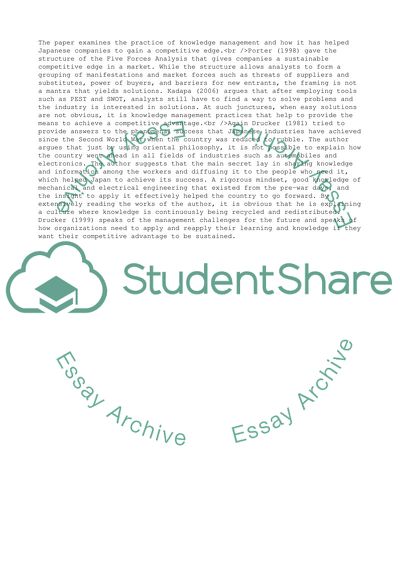Cite this document
(What is Knowledge in Administration Essay Example | Topics and Well Written Essays - 1500 words, n.d.)
What is Knowledge in Administration Essay Example | Topics and Well Written Essays - 1500 words. https://studentshare.org/management/1543534-what-is-knowledge
What is Knowledge in Administration Essay Example | Topics and Well Written Essays - 1500 words. https://studentshare.org/management/1543534-what-is-knowledge
(What Is Knowledge in Administration Essay Example | Topics and Well Written Essays - 1500 Words)
What Is Knowledge in Administration Essay Example | Topics and Well Written Essays - 1500 Words. https://studentshare.org/management/1543534-what-is-knowledge.
What Is Knowledge in Administration Essay Example | Topics and Well Written Essays - 1500 Words. https://studentshare.org/management/1543534-what-is-knowledge.
“What Is Knowledge in Administration Essay Example | Topics and Well Written Essays - 1500 Words”. https://studentshare.org/management/1543534-what-is-knowledge.


